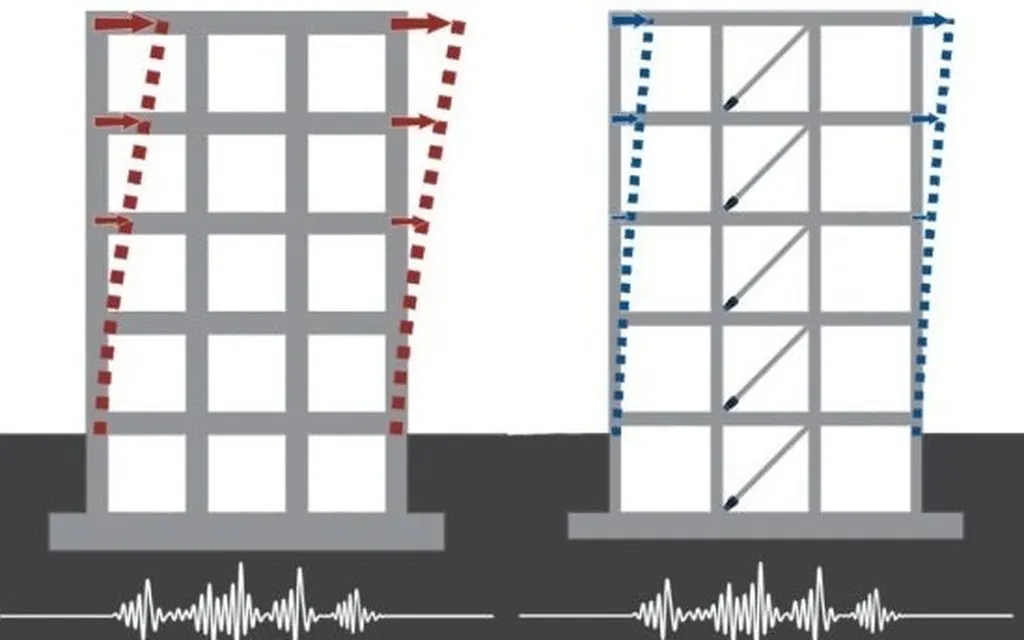In the ever-evolving world of construction and engineering, a novel approach to rigid beam-to-circular steel column connections has emerged, promising to simplify detailing and enhance seismic performance. This innovative method, proposed by Abdulrahman Kamil Aakool AL-Hureshat from the Department of Civil Engineering at the Islamic Azad University in Kermanshah, Iran, introduces the use of a steel box at the connection region, potentially revolutionizing the way we build structures in seismic zones.
The traditional method of connecting I-shaped beams to hollow circular columns has always been a challenge due to geometric complexity and construction hurdles. AL-Hureshat’s research, published in the *Engineering Science and Technology, an International Journal* (translated from Persian as “Journal of Engineering Science and Technology”), offers a solution that eliminates the need for continuity plates or doubler plates, streamlining the process and reducing material costs.
The study began with numerical simulations to design experimental specimens, followed by selecting the top three performers for physical testing. These tests explored the impact of different configurations of column-to-box and beam-to-box stiffeners on seismic performance. “The experimental results were quite revealing,” AL-Hureshat noted. “The model with internal box stiffeners aligned with the beam flanges demonstrated the highest strength, ductility, and elastic stiffness.”
Further numerical studies were conducted on the most promising specimen to evaluate the effect of steel box thickness on connections with various beam and column sections. The goal was to determine the minimum required thickness beyond which additional increases would not enhance performance. The findings indicated that rigid behavior and full beam capacity could be achieved when the steel box thickness was at least 1.4 times the beam flange thickness.
The implications of this research for the energy sector are significant. Structures such as oil rigs, pipelines, and other energy infrastructure often require robust connections to withstand seismic activity. The proposed method could lead to more efficient and cost-effective construction, reducing downtime and maintenance costs. “This innovation has the potential to shape future developments in the field,” AL-Hureshat remarked. “By simplifying the connection process and enhancing seismic performance, we can build safer and more resilient structures.”
As the construction industry continues to evolve, research like AL-Hureshat’s paves the way for advancements that improve safety, efficiency, and cost-effectiveness. The use of a steel box in rigid beam-to-circular steel column connections is a testament to the ongoing innovation in the field, offering a promising solution for the challenges of modern construction.

